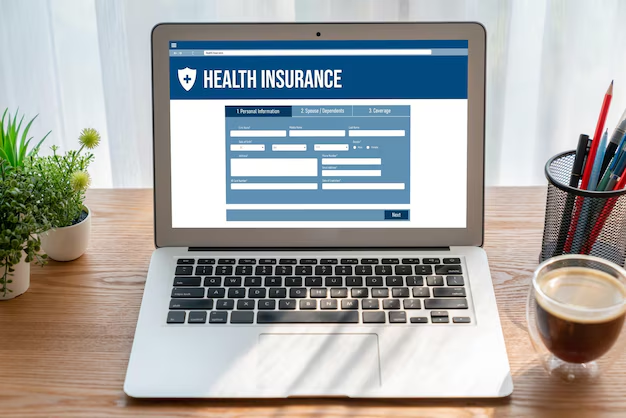How Medicare and Medicaid Can Work Together to Benefit You
Navigating healthcare coverage can be daunting, especially when multiple government programs are in play. Can Medicare and Medicaid work together? The answer is yes, and understanding how these two pivotal programs interact can significantly ease financial burdens while ensuring comprehensive care.
Understanding Medicare and Medicaid
Medicare is a federal program primarily for those aged 65 and older, but it also covers younger individuals with disabilities or specific conditions like End-Stage Renal Disease. It includes different parts, such as Part A (hospital insurance) and Part B (medical insurance), offering broad coverage for health-related services.
Medicaid, on the other hand, is a joint federal and state program assisting low-income individuals and families with medical costs. Eligibility and benefits often vary by state, with Medicaid offering crucial support for services Medicare typically doesn't cover, like long-term care.
Dual Eligibility: The Best of Both Worlds
Dual eligibility refers to individuals who qualify for both Medicare and Medicaid. If you're one of these beneficiaries, you can leverage the two programs to maximize your healthcare access. Medicaid can fill coverage gaps left by Medicare, such as deductibles, co-payments, and extended care services, providing a more rounded healthcare safety net.
Key Benefits:
- Comprehensive Coverage: Dual eligibility ensures minimal out-of-pocket expenses, as Medicaid can cover costs not included under Medicare.
- Prescription Savings: Medications can be pricey, but through programs like Medicare Part D and Medicaid's drug coverage, dual-eligible individuals can reduce these burdens.
- Long-Term Services: Medicaid often covers long-term care services, including nursing home care, which is usually not covered by Medicare.
Getting the Most from Government Programs
Understanding these programs not only helps you manage healthcare expenses but also opens the door to exploring other financial assistance opportunities. The interplay between Medicare and Medicaid is just one example of how government aid can work to provide relief.
Explore More Financial Assistance:
While healthcare is a significant concern, there's a broader landscape of government aid and financial solutions that might be at your disposal—whether it's debt relief options, credit card solutions, or educational grants.
- Debt Relief Options: Programs that help manage or forgive certain types of debt can lift burdens off families and individuals struggling financially.
- Credit Card Solutions: Balancing credit can be challenging, but there are strategies available to reduce interest rates or consolidate debt, easing financial pressures.
- Educational Grants: For those looking to further their education or transition to new careers, various grants and scholarships are available to alleviate the cost of tuition and materials.
The synergy between Medicare and Medicaid provides an essential platform for comprehensive healthcare coverage. Yet, this is just a glimpse into the potential assistance accessible through government programs. Exploring these options can foster financial stability and open doors to new opportunities. Remember, the plethora of resources available is designed to support various aspects of life beyond healthcare, bringing peace of mind and paving the way to a more secure future.
Financial Aid Highlights
✅ Medicare and Medicaid: Perfect duo for healthcare savings. Dual-eligible benefits remove blind spots in coverage.
✅ Debt Relief Programs: Seek assistance to manage or forgive debt—ensure a clearer financial path.
✅ Smart Credit Card Solutions: Solutions to optimize interest rates and debt management effectively.
✅ Educational Grants: Secure funding for educational pursuits, cultivating career growth and skill development.
🔍 Explore these versatile programs and leverage them for enhanced financial wellbeing!

Related Topics
- Am I Elgible For Medicare
- Am I Enrolled In Medicare
- Am I Qualified For Medicare
- Are Adult Diapers Covered By Medicare
- Are Chemotherapy Drugs Covered By Medicare Part d
- Are Colonoscopies Covered By Medicare
- Are Covid Tests Covered By Medicare
- Are Cpap Machines Covered By Medicare
- Are Cpap Supplies Covered By Medicare
- Are Dental Implants Covered By Medicare